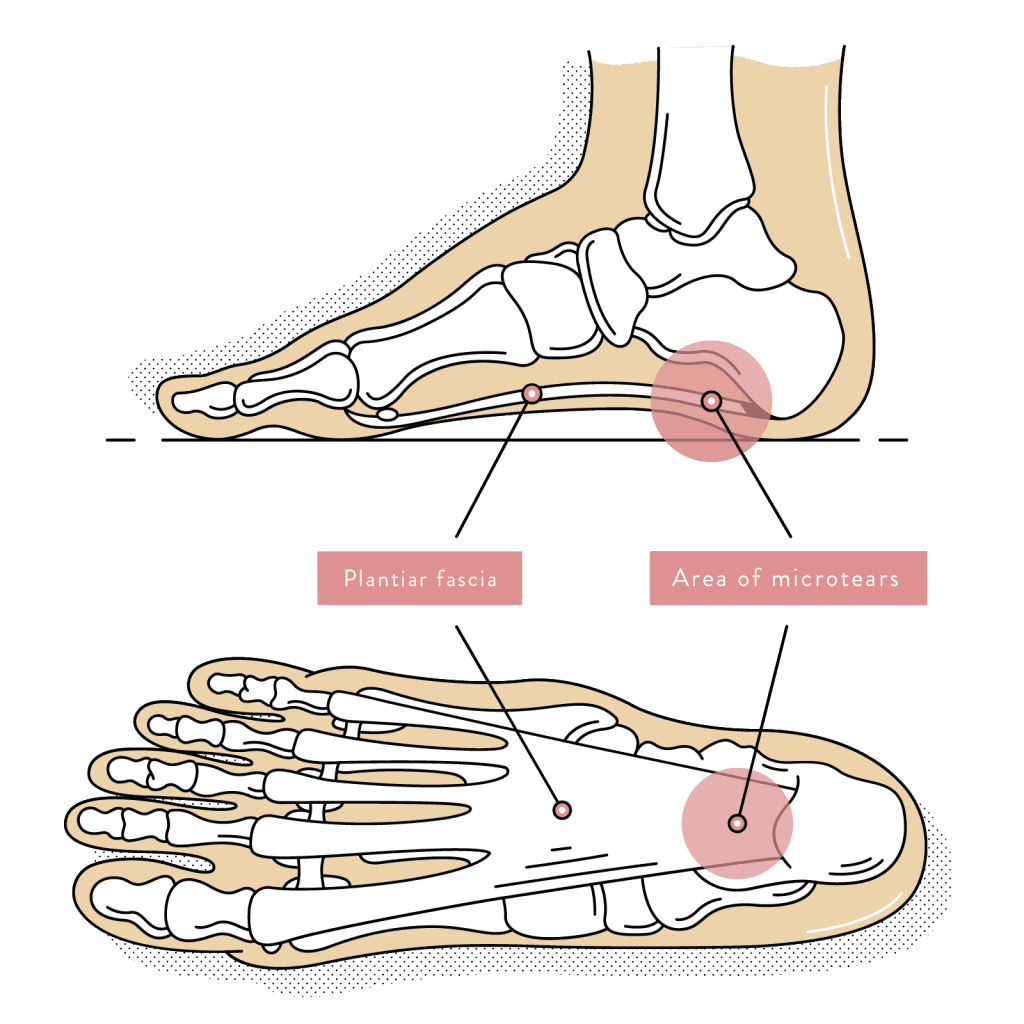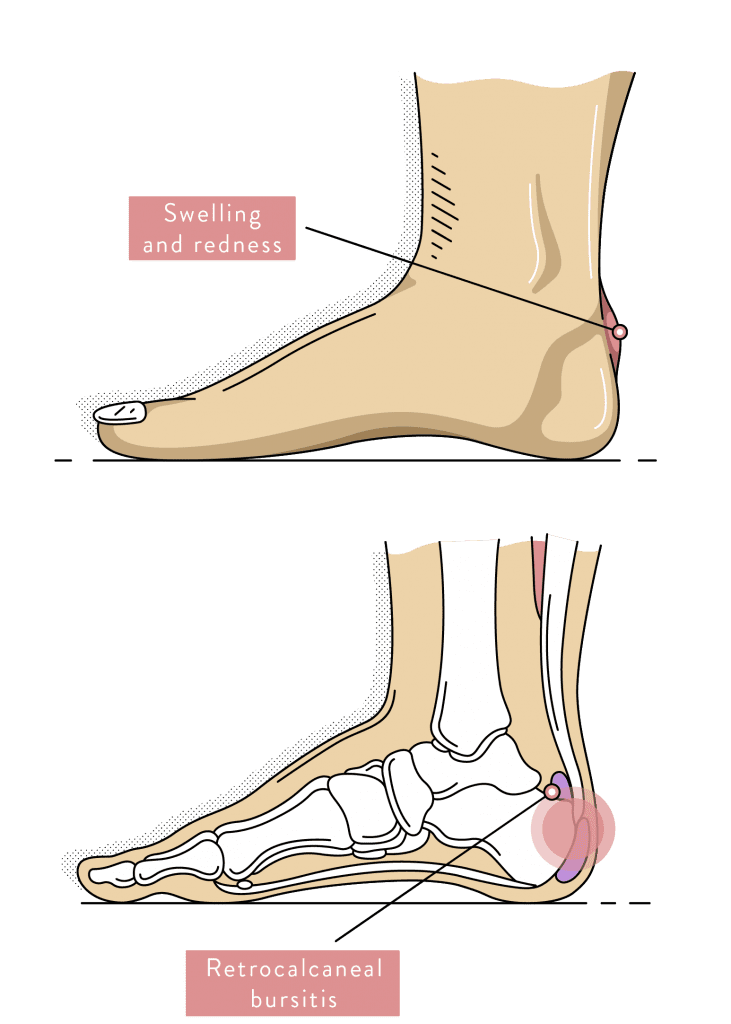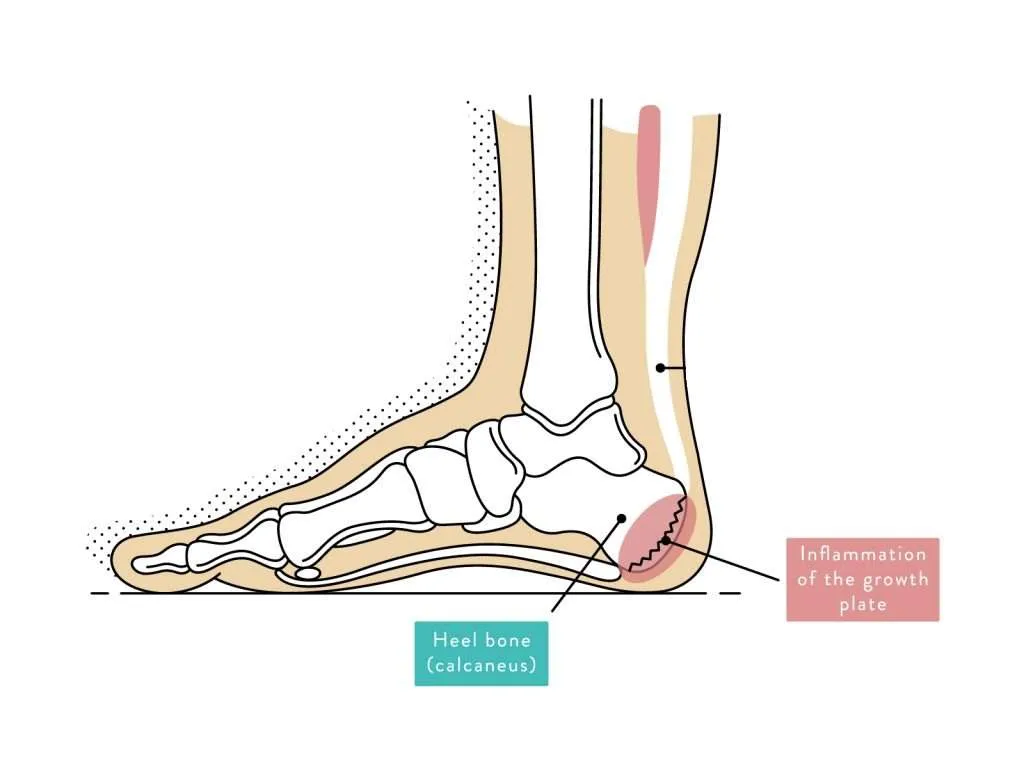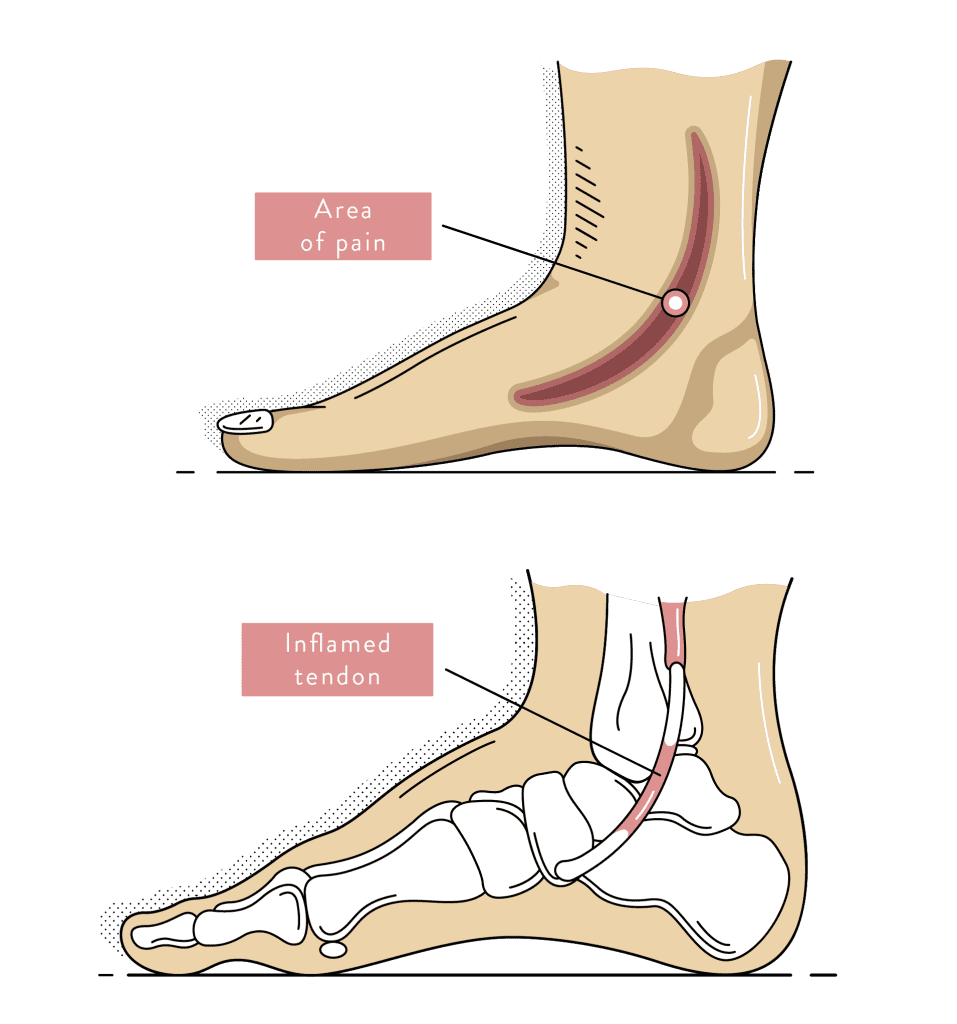Custom Orthotics
Abnormal foot and lower limb mechanics can impact your feet, legs, pelvis and spine. Luckily, orthotics can help. We make our custom orthotics with 3D impressions of your feet to offer relief tailored to you.
Heel pain is a common complaint we see and treat at our foot clinics, 36 percent of people will experience it at some point in their lives. But that doesn’t mean it’s a pain you should just deal with. There are simple, non-invasive solutions that can treat your heel pain and help ensure it doesn’t return.
While there are many potential causes behind heel pain, most cases can be managed with a few behavioural changes and helpful orthotics. In rare cases, medicines or surgery might be required. At The Foot Hub, our podiatrists do a thorough evaluation to identify the root cause behind your heel pain and discover a clear path to treat it. Even if your case doesn’t require our orthotics, we offer honest and helpful advice so you can treat the problem quickly and get on with your life, free from pain.
Read on to learn more about the different causes of heel pain and how we can help you overcome them:
Heel pain is a common foot symptom that has many possible underlying causes. Heel pain occurs under the heel or behind the heel, where the plantar fascia connects to the heel bone. It is predominantly mechanical in nature i.e how you walk, however it can also be caused by other conditions.

It’s always important to make sure you have the correct diagnosis for heel pain before starting treatment. Here are some of the main conditions that can cause heel pain:
Plantar fasciitis is the inflammation of a thick band of tissue (plantar fascia) that connects the heel bone to the toes. It is the most common cause of heel pain.
Signs and symptoms include:

Heel spur is caused by the growth of a bone-like protrusion on the bottom of your heel. It is caused by calcium deposits that extend to the heel bone and the arch. They can grow up to half an inch in length and can only be detected through an x-ray.
Signs and symptoms include:

Calcaneal stress fracture is a common stress fracture of the heel bone. It is usually caused by repetitive overload to the heel.
Signs and symptoms include:

Nerve entrapment can cause heel pain. Nerves in feet can be entrapped as a result of chronic compression when the nerve is squeezed or compacted. It is a condition caused by overuse, trauma, or injury from a previous surgery.
Signs and symptoms include:

Heel pad syndrome is often confused with plantar fasciitis. Patients with heel pad syndrome present with deep, bruise-like pain, usually in the middle of the heel, that can be reproduced with firm palpation.
Signs and symptoms include:

Achilles tendinopathy is a condition caused by the repeated injury to the Achilles tendon. It is usually caused by running, wearing high heels, and other activities associated with overuse of the calf muscles.
Signs and symptoms include:

Haglund deformity is a condition caused by the enlargement of the bony structure at the back of the heel due to repeated pressure and rubbing against shoes. It can cause inflammation and swelling and lead to retrocalcaneal bursitis.
Signs and symptoms include:

Retrocalcaneal bursitis is a foot condition that causes heel pain spreading from the bursa (or the fluid-filled sac) to between the Achilles tendon and the heel bone. Retrocalcaneal bursitis is caused by the overuse of the heel and ankle area due to increased physical activities.
Signs and symptoms include:

Calcaneal Apophysitis, commonly known as Sever’s Disease, is inflammation of the growth plate in the heel bone among physically active children. It can be exacerbated by repetitive stress or from conditions that cause increased tension or traction on the Achilles tendon. It’s more common in children who are taller and heavier.
Signs and symptoms include:

Posterior tibialis tendinopathy is an injury to the posterior tibialis tendon which supports the muscles and bones in the medial arch of the foot.
Signs and symptoms include:

Tarsal tunnel syndrome is a compression, or squeezing, on the posterior tibial nerve that produces symptoms anywhere along the path of the nerve running from the inside of the ankle of the foot.
Signs and symptoms include:

Peroneal tendinopathy is a foot condition caused by irritation to one or both peroneal tendons with subsequent degeneration and inflammation.
Signs and symptoms include:

Plantar fascia rupture is a condition caused by a painful tear in the plantar fascia. This is a connective tissue that spans across the bottom of the foot. Plantar fascia rupture is often mistaken for plantar fasciitis or calcaneal fracture.
Signs and symptoms include:

At The Foot Hub, we understand that heel pain is a complex condition and the importance of getting the correct diagnosis. In your initial assessment your Podiatrist will listen to your medical history and conduct a thorough physical examination. Clinical assessment is usually enough to diagnosis most conditions, however your Podiatrist can refer for addtional medical imaging if recquired.
Depending on the cause of your heel pain and severity treatment will vary. Treatment of heel pain can include one or a combination of the following:
Different activities and lifestyle habits can lead to heel pain. Prevention is specific to individuals and their activities. Prevention can include the following:

We know that heel pain can be a deliblitating conditon which can have a negative impact on your quality of life. We are here to help get back onto your feet pain free.
* Can be claimed on private health insurance with podiatry cover
Heel pain takes about 6 months to resolve depending on severity and the cause. Making sure you have the correct diagnosis and treatment will help with resolution.
Consider wearing shoes with a lower heel for a while to allow symptoms to subside. Make sure that your heels are comfortable: read our blog to learn more about what features to look for in high heels.
Make sure you have a rubber pad under your feet if you are standing all day at work. Wear shoes with a thick sole and an orthotic with extra cushioning. After work raise your feet for a while. Also, you can soak your feet with warm water and get a soft foot massage with a eucalyptus rub.
Plantar fasciitis is one of the most common causes of heel pain. You may relieve pain temporarily by resting and doing some plantar stretches. Also, wear appropriate footwear for the right occasions that are well-fitted, comfortable, and provide support. If you have chronic plantar fasciitis, treatments such as orthotics, physiotherapy, footwear changes, and shockwave therapy can help.
Post static dyskinesia is a condition that causes heel pain after long periods of rest. The pain is caused when the fibrous band of tissues that run from your toes to your heel on the bottom of your foot are inflamed and tighten when not in use, such as when you sleep or sit for a long period of time. When the time comes for you to stand and put weight on your foot, it pulls on your heel, causing a stabbing pain. This is just temporary pain that subsides when you start walking, but it will recur when you rest again. A tight calf muscle (Achilles tendon complex) is a contributor to the heel pain. stretching the Achilles can improve the tendon.
Yes, tight calves may cause heel pain. Tight calves can put extra strain on the plantar fascia, or the fibrous ligaments at the bottom of the feet that run from the toes to the heel bone, especially when doing extraneous activities as the fascia is meant to take on a small load.
A podiatrist 😊 Sometimes heel pain can require a multidisciplinary approach so other health professionals such physiotherapists, exercise physiologists, radiologists, sports medicine doctors or your GP can be involved.
Abnormal foot and lower limb mechanics can impact your feet, legs, pelvis and spine. Luckily, orthotics can help. We make our custom orthotics with 3D impressions of your feet to offer relief tailored to you.